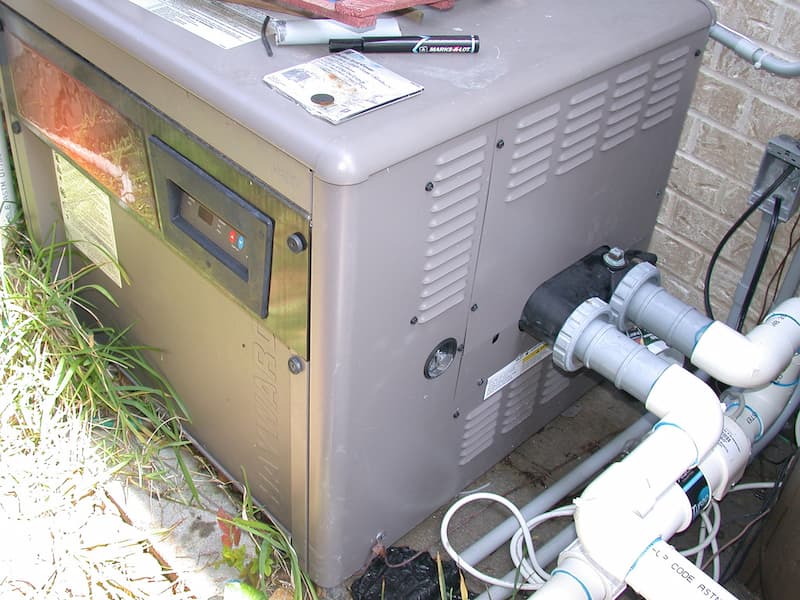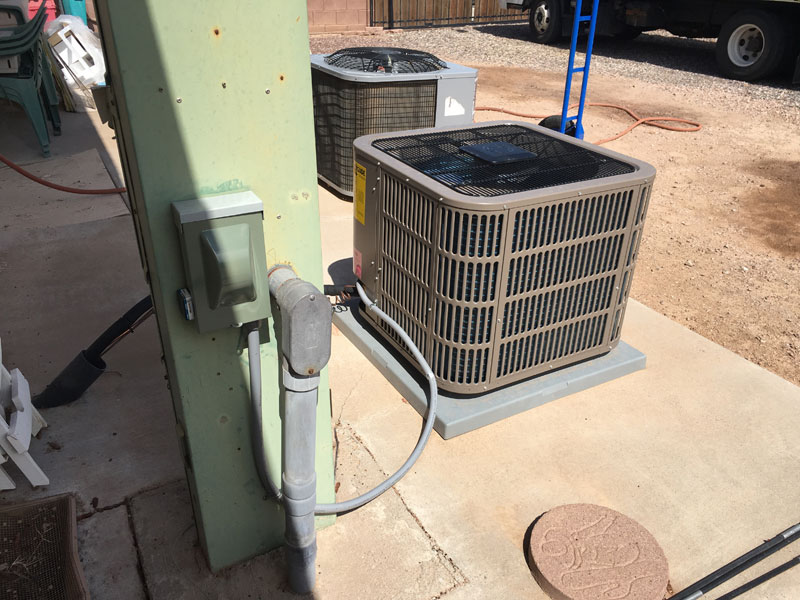Flow temperatures
All heat pump types run making use of comparable principles – by collecting power from the setting as well as ‘compressing’ it to a temperature level that can be used for a residence’s hot water as well as home heating demands.
Most likely the largest single variable affecting the performance of a heat pump is the flow temperature that it is asked to generate. The greater this temperature the even more work the compressor has to do and also the much less reliable it comes to be. Because of this, a heating system that can run with reduced circulation temperature levels, such as underfloor home heating which usually runs at around 55oC, enables the pump to optimize its efficiency as well as reduce both its carbon manufacturing and the gas prices for the property owner.
When underfloor heating systems are particularly created to be fed by a heat pump, additional tubes, as well as more effective flooring constructions, can be utilized to enable also reduced circulation temperatures, generally 35oC – 45oC, whilst still achieving the called for air temperature inside the home (averaging 21 oC in living areas).
As a result of the smaller-sized area of the heat emitter, a standard radiator system needs a significantly higher flow temperature to achieve the same internal air temperature. Consequently, underfloor home heating, as well as heat pumps, are ideal partners as they are both well fit to the low-temperature levels associated with maximizing efficiency.
When running UFH with a GSHP, open circulation weather made up system is chosen, with an external sensing unit examining any type of inconsistency in outside temperature level, comparing flow as well as return temperature levels on the UFH, after that adjusting accordingly.

Insulation, insulation, insulation!
With underfloor home heating, heat enters the area from the floor and it is therefore vital to lower structure heat loss, consisting of descending heat losses into the ground or the flooring listed below. Current changes to Part L of the Building Regulations have concentrated on the importance of insulation degrees within residential residences and in a brand-new structure that fulfills the guidelines, there will certainly constantly be a sufficient degree of floor insulation, and in these situations, pumps can offer 4 to 5 kilowatts of cost-free energy for each 1 kilowatt of power utilized to power them.
Typically, the purpose should be to shield the structure to make sure that less than 50 watts of home heating are needed per square meter of flooring room. This will then ensure that the UFH water temperature levels can be kept to a minimum and the heat pump can run at a greater Coefficient of Performance (COP) -commonly 4 – 5 for a ground resource device. Generally, it is a lot more affordable to boost insulation levels than it is to mount a larger pump, and also structures that surpass the requirements of Component L of the Building Regulations are most appropriate.
In theory, there is nothing to avoid a heat pump from working in a building with a higher warm loss, such as a building that needs as much as 80 watts per square meter. Nonetheless, higher heat loss calls for greater home heating water temperature levels from the heat pump – typically 55 ° C instead of 35 – 45 ° C, indicating the heat pump’s COP might suffer although the heat pump might still be sufficient to warm the home.
They hope these tips help you to find the best heat pump contractors, visit their page for more info.





